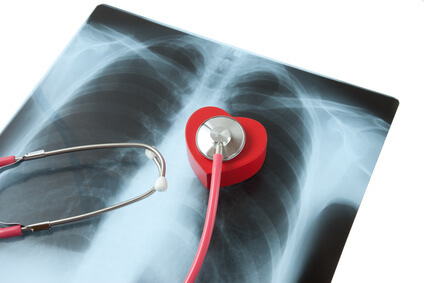Nutritional status is associated with higher mortality in elderly patients with severe aortic stenosis who require valve replacement, whether through conventional surgical strategy or transcatheter aortic valve replacement (TAVR).

This study sought to identify the association between malnutrition and outcomes, an association that seems both logical and obvious but (as it often happens) no one had taken the time to analyze, prove, and publish.
Read also: Cost-Effectiveness of Frenestrated or Branched Endoprostheses vs. Open Surgery.
International multicenter prospective study FRAILTY-AVR was conducted between 2012 and 2017 in 14 sites from 3 countries. All patients ≥70 who had undergone TAVR or conventional surgery during that time period were eligible.
Objectivity required the use of a pre-procedural score, in this case, the Mini Nutritional Assessment-Short Form (MNA-SF). Patients with scores ≤7 of 14 were considered malnourished, and scores between 8 and 11 of 14 were considered at-risk for malnutrition. Frailty scores were simultaneously used.
The primary endpoint was all-cause mortality at 1 year and the secondary endpoint was a composite of mortality and major morbidity at 30 days. A multivariate model was used to adjust for potential confounding variables.
Read also: Left Main PCI: Despite Auspicious Long-Term Outcomes, Optimal Strategy Still under Discussion.
Among a total of 1158 patients included (727 who underwent TAVR and 431 who underwent surgery), 45% were female, the mean age was 81.3 years old, and the mean Society of Thoracic Surgeons Predicted Risk of Mortality (STS-PROM) was 5.1%. The mean body mass index for the population was 27.5 kg/m²; in consequence, 8.7% of patients were considered as malnourished and 32.8% were at-risk for malnutrition. The frailty and malnutrition scores were relatively moderately correlated.
Malnourished patients had a nearly 3-fold 1-year mortality compared with those with normal nutritional status (28% vs. 10%; p < 0.001). After adjustment for frailty, STSPROM, and procedure type, nutritional status still was a significant predictor of 1-year and 30-day mortality.
Conclusion
Pre-procedural nutritional status is associated with mortality in patients who undergo conventional surgical or transcatheter aortic valve replacement. We need to determine which pre- and post-procedural interventions could be useful for the improvement of outcomes in these vulnerable patients.
Original title: Malnutrition and Mortality in Frail and Non-Frail Older Adults Undergoing Aortic Valve Replacement.
Reference: Michael Goldfarb et al. Circulation. 2018 Jul 5. Epub ahead of print.
Subscribe to our weekly newsletter
Get the latest scientific articles on interventional cardiology
We are interested in your opinion. Please, leave your comments, thoughts, questions, etc., below. They will be most welcome.





